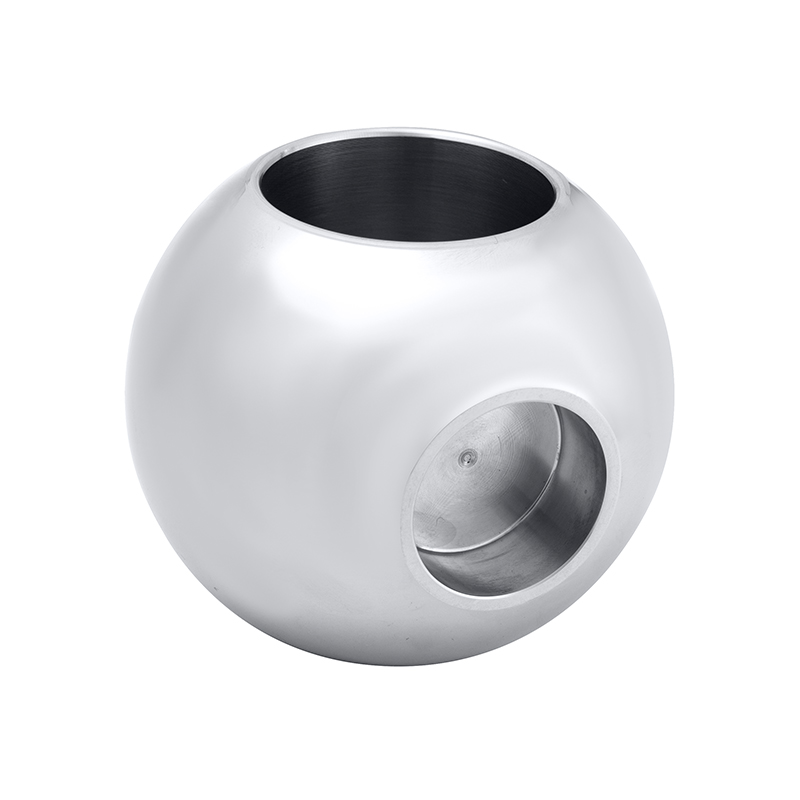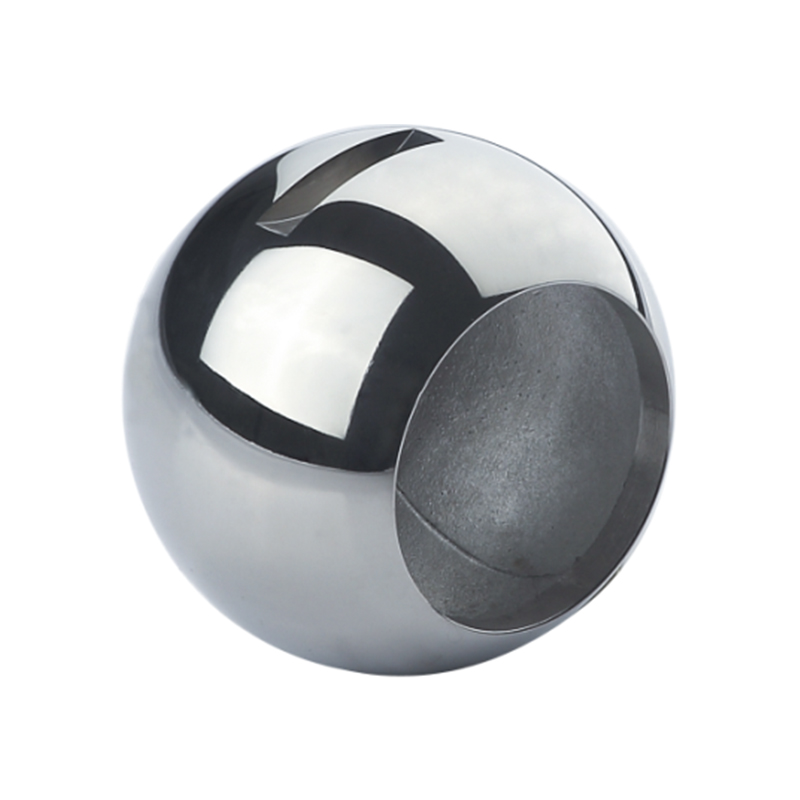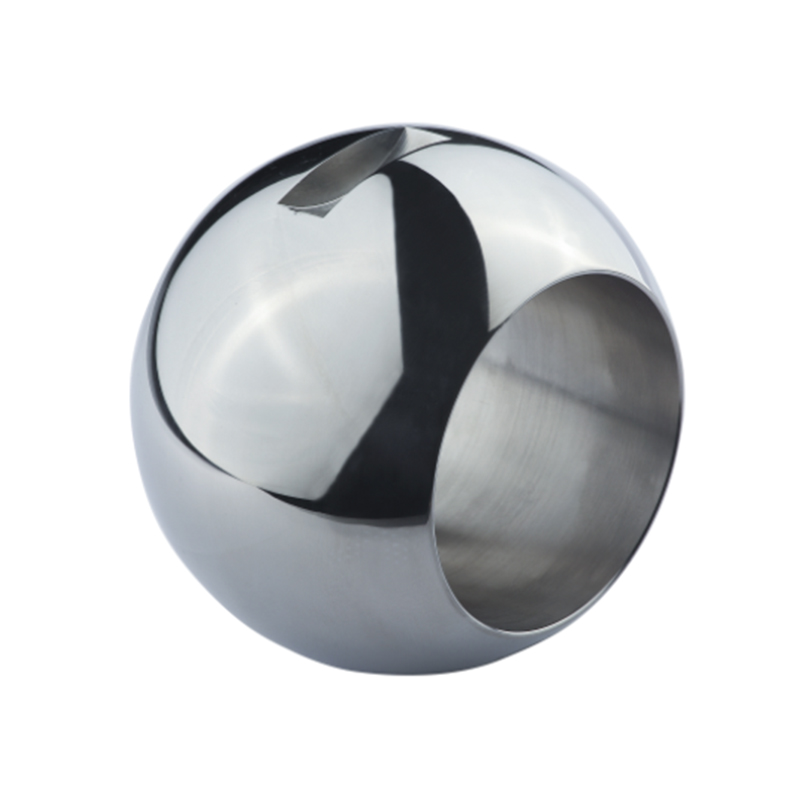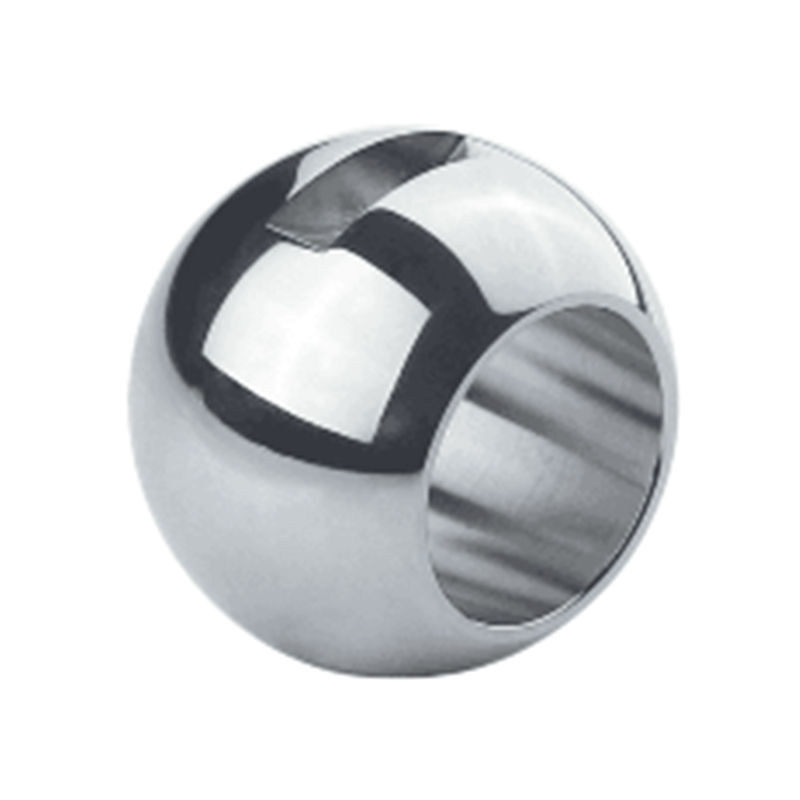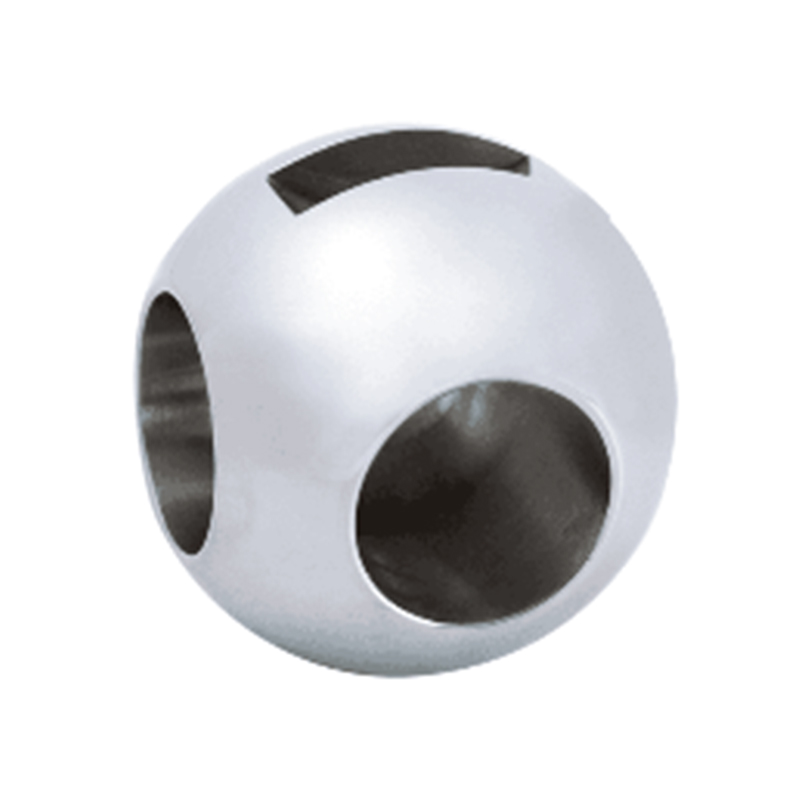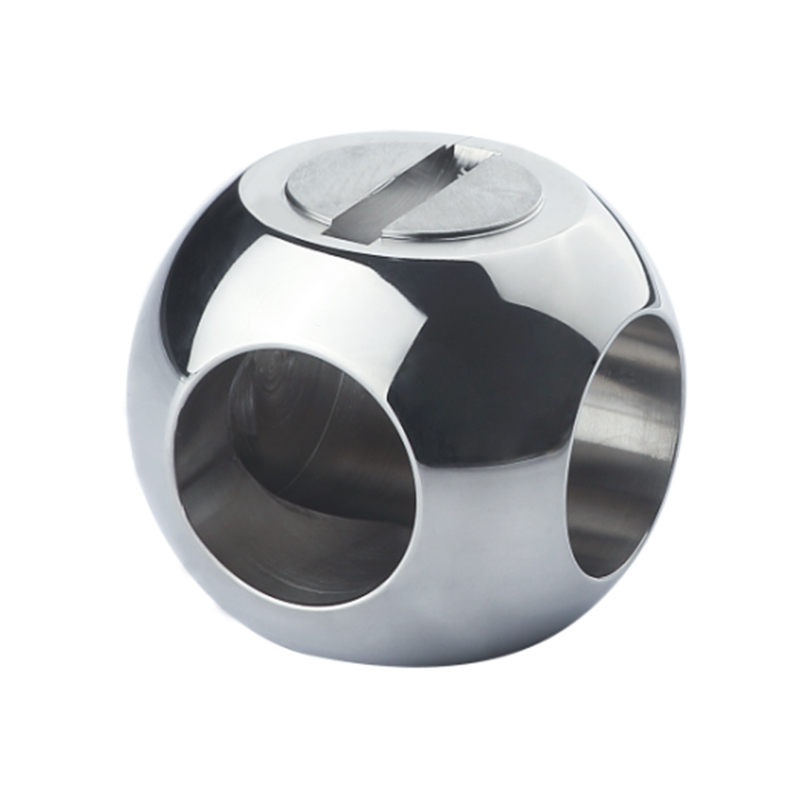When selecting valves for gas applications, several factors must be considered to ensure the safety, reliability, and efficiency of the system. Here are some key considerations:
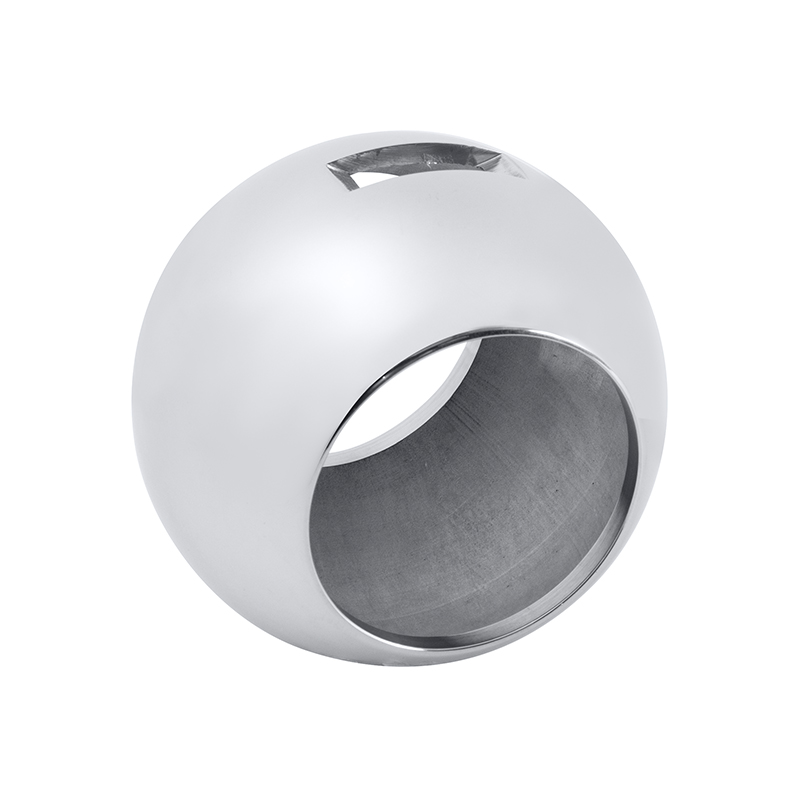
1. Material Compatibility: Choose materials that are compatible with the specific gas being handled. Some gases can be corrosive, and certain materials may not withstand prolonged exposure without degrading.
2. Pressure Rating: The valve must be rated to handle the up to pressure that will be present in the system. This includes the pressure surges that may occur during normal operation.
3. Temperature Range: The valve must be able to withstand the temperature fluctuations it will be exposed to. This includes both the normal operating temperature and any potential bads.
4. Leak-Tightness: Valves used in gas applications must be leak-free, especially if the gas is hazardous or flammable.
5. Flow Rate: The valve should be able to handle the required flow rate of the gas without causing excessive pressure drop.
6. Type of Valve: Different types of valves have different characteristics. For example, ball valves are often used for their full flow path and low pressure drop, while globe valves can provide more precise control.
7. Safety Features: Consider any additional safety features that may be required, such as fail-safe mechanisms, blow-out-proof stems, or pressure relief devices.
8. Size and Diameter: The valve size should be appropriate for the pipe size and flow capacity.
9. Actuation: Determine the type of actuation needed (manual, electric, pneumatic, hydraulic, etc.) and ensure the valve is compatible with the chosen actuator.
10. Regulatory Compliance: Ensure that the valve complies with all relevant industry standards and regulations.
11. Maintenance and Serviceability: Consider how easy it is to maintain and service the valve, including accessibility and the availability of spare parts.
12. Cost-Effectiveness: While cost is not the only factor, it is important to consider the total cost of ownership, including initial purchase price, maintenance, and potential downtime.
13. Environmental Considerations: If the gas is a greenhouse gas or has environmental implications, special considerations may be needed to less emissions and comply with environmental regulations.
14. Reliability and Durability: The valve should have a proven track record for long-term reliability and durability in similar applications.
15. Corrosion Resistance: For gases that can cause corrosion, the valve should be made of materials that resist corrosion or be coated with protective layers.
16. Noise Reduction: In some applications, such as in residential areas, noise reduction may be a consideration, and valves that produce less noise during operation should be selected.
17. Cybersecurity: For valves that are part of a smart system or industrial IoT, ensuring they have robust cybersecurity measures to prevent unauthorized access and data breaches is crucial.
By taking these factors into account, you can select the more appropriate valve for your specific gas application, ensuring the system operates safely and efficiently.
In addition to these considerations, the design and construction of the stem and valve components play a critical role in performance and longevity. A long stem ball valve, for example, is often chosen in applications where the valve needs to be operated from a distance or insulated environments require extended stems to avoid heat exposure. The stem must be carefully designed to prevent blowouts and ensure smooth operation under pressure and temperature variations.
Valves in industry face a wide range of operational challenges, from fluctuating pressures to corrosive gases, which means the selection process should account for both mechanical robustness and ease of maintenance. Proper stem sealing and packing are essential to avoid leaks and maintain safety standards, especially when dealing with hazardous gases. Additionally, valves should be compatible with actuators and control systems used in industrial automation to support efficient process control.
Finally, continuous monitoring and periodic inspection of the valve and stem assembly contribute to preventing failures and extending service life, ensuring reliable operation throughout the valve’s duty cycle.
In addition to the key factors mentioned, the selection of corrosion resistant valves is essential when dealing with gases that may cause material degradation over time. These valves help extend service life and reduce maintenance costs by preventing rust and chemical damage. For precise shut-off and reliable sealing in gas pipelines, sphere valves are often favored due to their simple design and ease of operation, providing effective control without significant pressure loss.
Moreover, automated valves are becoming increasingly important in modern gas systems. They allow remote operation, quick response to system changes, and integration with control systems, enhancing overall safety and efficiency. Automation can also support predictive maintenance by monitoring valve conditions in real time, minimizing downtime, and avoiding unexpected failures.
When selecting valves, it is important to balance performance requirements with durability, cost, and operational demands. Proper evaluation ensures the chosen valves contribute to a stable and secure gas system while complying with safety and environmental standards.

 English
English Español
Español Deutsch
Deutsch
